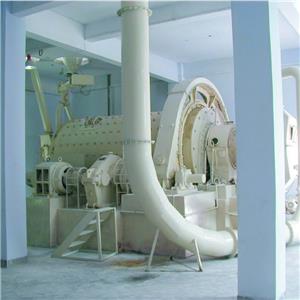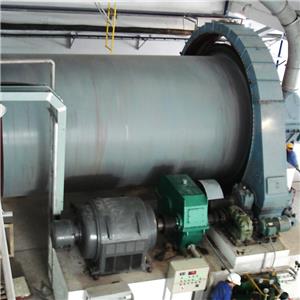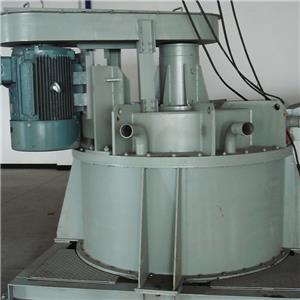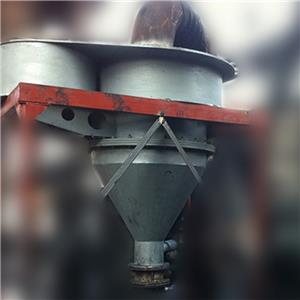Multi-wheel classifiers
In modern automated manufacturing, multi-wheel classifiers are widely applied in various industrial scenarios due to their high-efficiency and precise material classification capabilities, ranging from food processing, chemical raw material sorting, to waste recycling. These devices utilize the controlled rolling paths and speeds of materials to automatically separate items of different sizes or characteristics. This article aims to delve into the key components of multi-wheel classifiers and explore their functions to provide in-depth understanding for professionals in related fields.
Central Transmission System
The heart of a multi-wheel classifier lies in its unique transmission system, typically featuring interconnected gears and belt drive mechanisms. These systems ensure that each working wheel rotates smoothly and at predetermined speeds. Accurate transmission ratios are crucial, directly impacting the precision and efficiency of material classification.
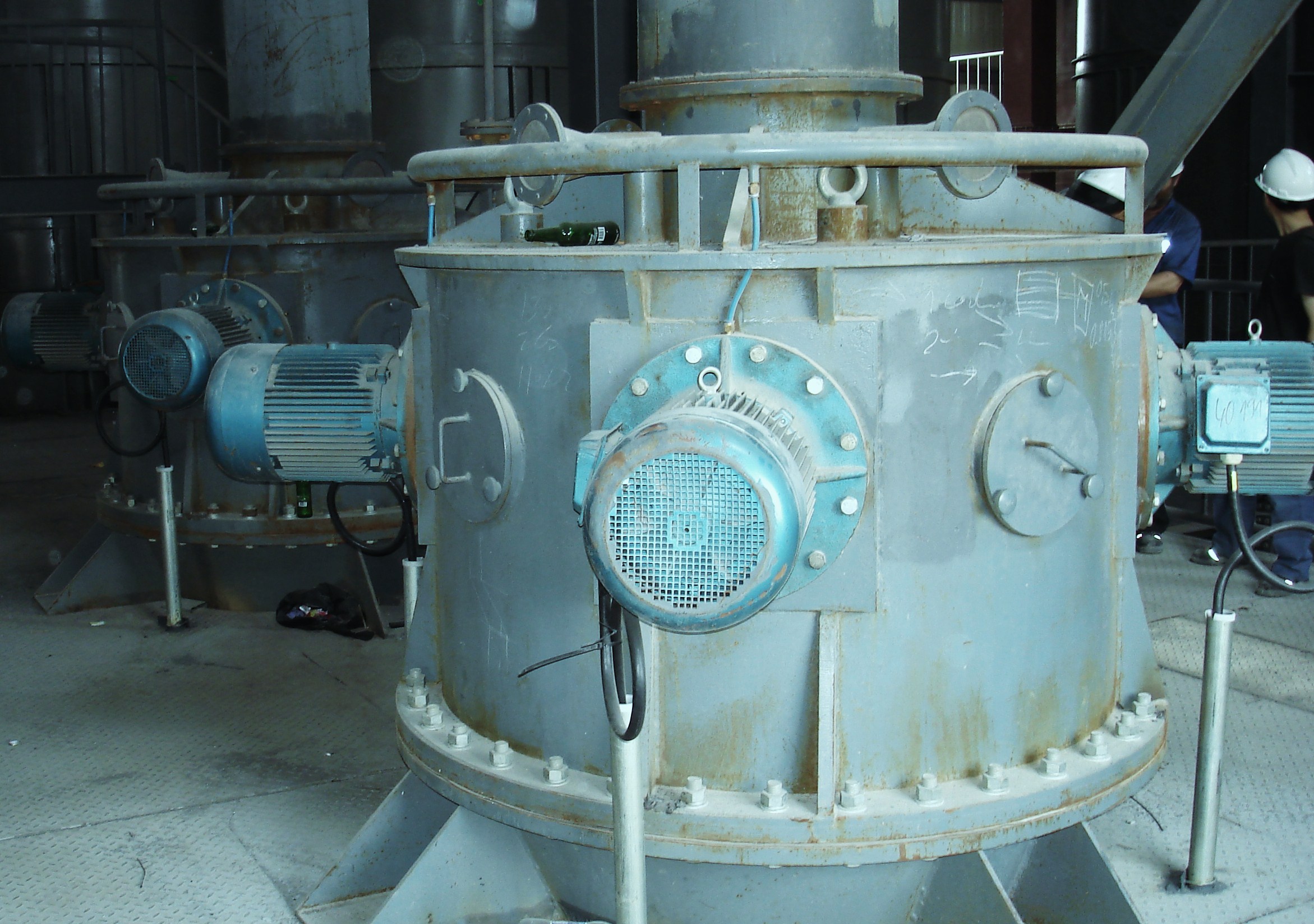
Working Wheel Assembly
The working wheels serve as the core execution units, with surface designs tailored to consider the rolling resistance and friction coefficients of materials. Some designs also incorporate adjustable wheel spacing to accommodate changes in material size. The choice of materials for the working wheel surfaces is equally important, such as employing materials with appropriate hardness and wear resistance to extend equipment life.
Control System
The control system plays a pivotal role in a multi-wheel classifier, responsible for monitoring and adjusting various parameters to ensure the efficient and stable operation of the device. Commonly, this includes sensors for detecting material types and quantities, variable frequency drives for regulating motor speeds, and logic controllers for processing and responding to input signals. Advanced control systems can also integrate artificial intelligence algorithms to achieve smarter material identification and classification optimization.
Structural Framework
Beyond these core components, the robust and maintainable structural framework of a multi-wheel classifier is indispensable. The design must consider the load-bearing capacity and stability of the equipment, while also facilitating maintenance and replacement of spare parts. High-quality materials and treatment processes, such as anti-corrosion coatings and heat treatments, can significantly enhance equipment durability.
In conclusion, the effective operation of multi-wheel classifiers hinges on the harmonious cooperation of all component parts. The central transmission system ensures stable power transmission, the working wheel assembly achieves precise material classification, the control system provides intelligent management and optimization, and the structural framework serves as the foundational support. Through continuous optimization of these key components' design and performance, multi-wheel classifiers can significantly enhance industrial production efficiency and quality.

